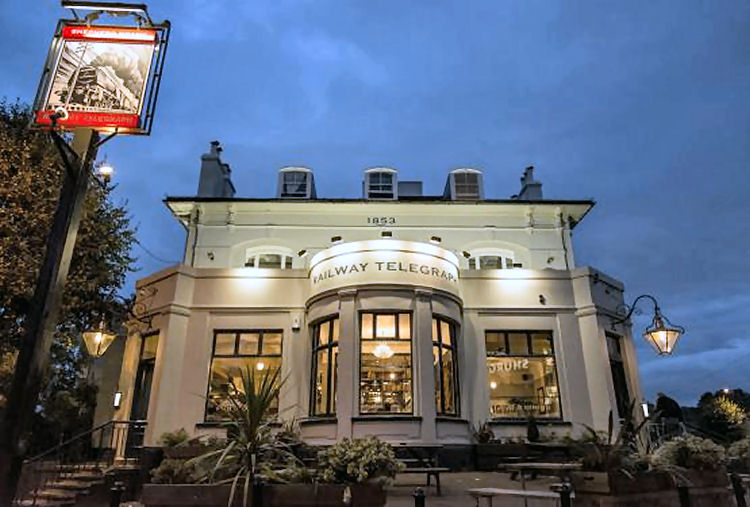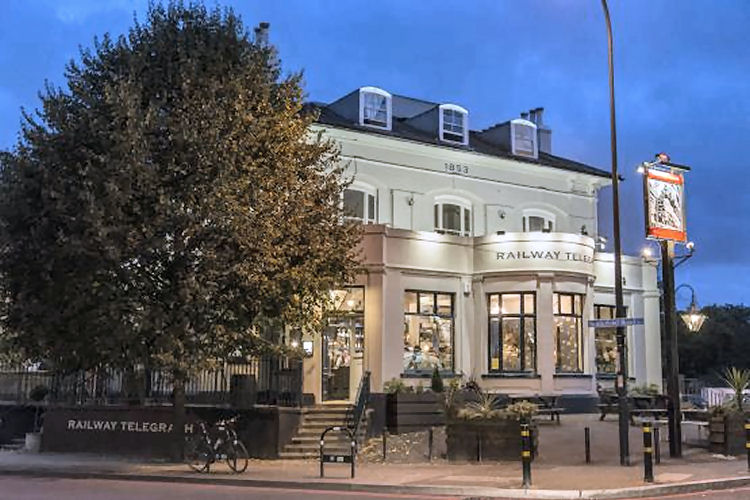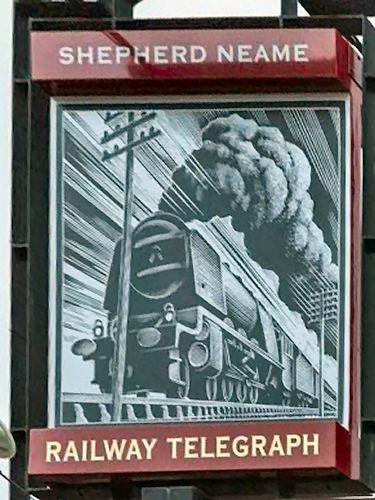|
Sydenham Times, 16 September 1862.
A Lenient Prosecutor.
Richard Pigden, 27, Chaplin street, Forest Hill, gardener, was
charged at Greenwich Police-court, on Saturday, with stealing 200
cabbage plants from a van outside the "Telegraph tavern" on the
previous night.
Thomas Hayes, gardener and florist, Wells road, Sydenham, said
that about eight o'clock on Friday evening he was returning from the
market garden of Mr. Myat. of Lewisham, and having occasion to call
at the "Telegraph," he left his van, containing several thousand
plants, outside the house, and on returning to it in a few minutes
he missed a quantity of plants, and from information given him he
gave the prisoner into custody for stealing them.
William Quixley, Grove road, saw the prisoner about eight o'clock
on the previous evening, carrying a quantity of cabbage plants loose
in his arms, coming from the direction of the prosecutor's van, and
proceed down Stanstead-lane.
P.C. James Gillimore, 167 R, found the plants produced under a
hedge in Stanstesd lane, a few yards from the spot where the
prisoner had been seen by Mr. Quixley.
The prisoner pleaded guilty, and Mr. Hayes said he had no desire
for the prisoner to be punished more than he had been, but he wished
persons of the prisoner's class to understand that these
depredations could not be committed with impunity.
Mr. Maude, after giving the prisoner a suitable caution,
discharged him.
|
|
Taken from their web site, March 2017.
A LITTLE HISTORY.
In 1853 the London, Brighton & South Coast Railway began installing a
railway telegraph system along its line from London Bridge through
Forest Hill.
This involved erecting an electric cable on poles alongside the line,
connecting the signal boxes.
Also in 1853 a plot of land at the edge of a very large field was leased
by the Earl of Dartmouth, Lord of the Manor of Lewisham and owner of the
field, to Harry and Vincent Nicholls, two brothers with a brewery at
Lee.
They built a pub on the site and called it the "Railway Telegraph,"
apparently a very early example of a pub tied to a particular brewery.
The large field was known as Pikethorne and had been owned by the Lord
of the Manor since the 14th century. It was bounded by Sunderland Road,
Stanstead Road, Westbourne Road and South Road.
Lord Dartmouth leased the rest of the field to a local developer who
began building prestigious houses. The estate was called Dartmouth Park.
Christ Church, at the peak of the hill which must at one time have been
covered with thorns, and the "Railway Telegraph," at the bottom of the
hill, were among the first buildings to be erected.
The Vincent brothers employed John Hunter as the first landlord of the
Railway Telegraph. He was granted a licence on 29th September 1853.
Courtesy of Steve Grindlay, local historian
|


